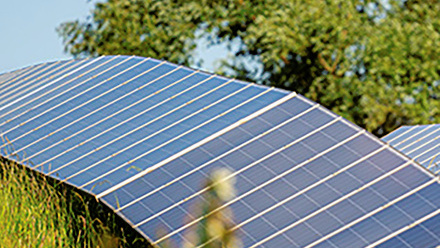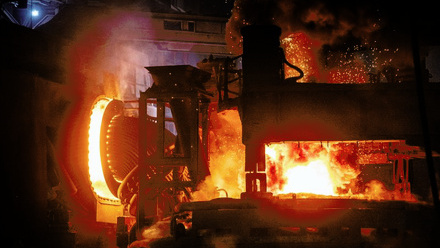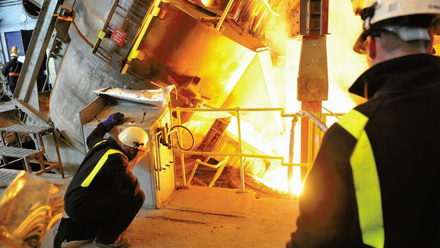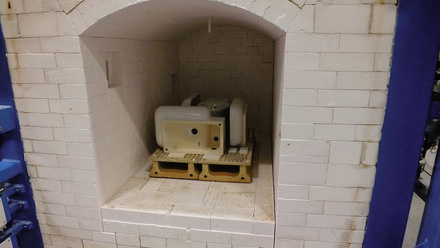IEA outlook warns of future supply strains for critical minerals
New analysis from the International Energy Agency (IEA) calls for greater and more diversified investment to support efforts to reach energy and climate goals.

Aerial view of lithium fields or evaporation ponds in the highlands of northern Argentina, South America
© Freedom_wanted/shutterstockIt warns that sharp declines in critical minerals prices mask risks of future supply strains as energy transitions advance.
Following two years of dramatic increases, the prices of critical minerals fell sharply in 2023, returning to levels last seen before the pandemic, as supply outpaced surging demand.
Materials used to make batteries saw particularly significant decreases, with the price of lithium dropping by 75% and the prices of cobalt, nickel and graphite falling by between 30% and 45% – helping drive battery prices 14% lower.
With demand growth remaining robust, these declines were mostly driven by a strong increase in global supply – helping to offset the steep price rises in 2021 and 2022.
The Global Critical Minerals Outlook 2024, published today, finds that while lower prices for critical minerals in the past year have been good news for consumers and affordability, they have also provided a headwind for new investment.
In 2023, investment in critical minerals mining grew by 10% and exploration spending rose by 15% – still healthy, but slower than in 2022.
Today’s well-supplied market therefore may not be a good guide for the future, with the Outlook noting that demand for critical minerals continues to grow strongly in all IEA scenarios, driven by the deployment of clean energy technologies.
Today’s combined market size of key energy transition minerals is set to more than double to US$770bln by 2040 in a pathway to net-zero emissions by mid-century.
The latest Outlook updates the IEA’s inaugural review of the market last year, while also offering new medium- and long-term outlooks for the supply and demand of important energy transition minerals, such as lithium, copper, nickel, cobalt, graphite and rare-earth elements.
Detailed project-by-project analysis suggests that announced projects are sufficient to meet only 70% of copper and 50% of lithium requirements in 2035 in a scenario in which countries worldwide meet their national climate goals.
Markets for other minerals look more balanced – if projects come through as scheduled. However, announced projects do not change the high geographical concentration of supply, and China is projected to retain a very strong position in the refining and processing sector.
The report finds that lithium and copper are the most vulnerable to supply and volume risks, while graphite, cobalt, rare earths and nickel face more substantial geopolitical risks.
For graphite in particular, today’s project pipeline indicates that the available supply outside of the dominant player meets only 10% of the requirements in 2030, making announced diversification goals highly challenging to achieve. Most minerals are exposed to high environmental risks.
Stepping up efforts to recycle, innovate and encourage behavioural change is vital to ease potential strains on supply. Some US$800bln of investment in mining is required between now and 2040 to get on track for a 1.5°C scenario.
Without the strong uptake of recycling and reuse, mining capital requirements would need to be one-third higher.








